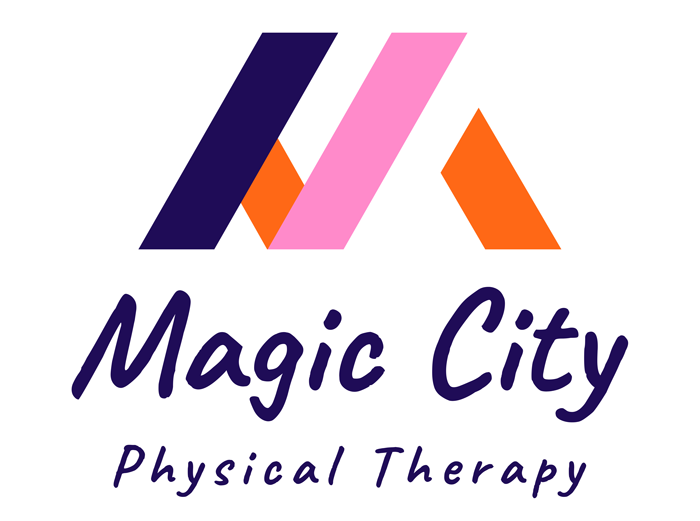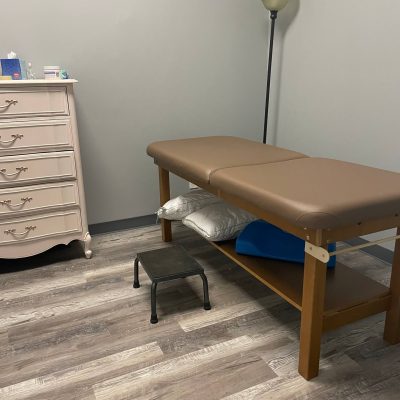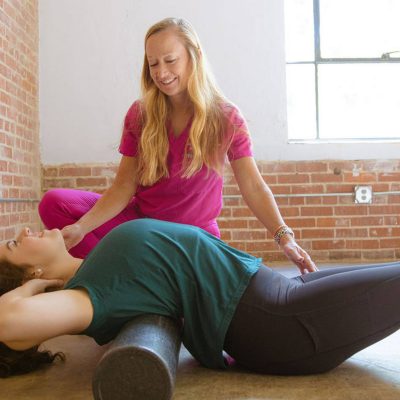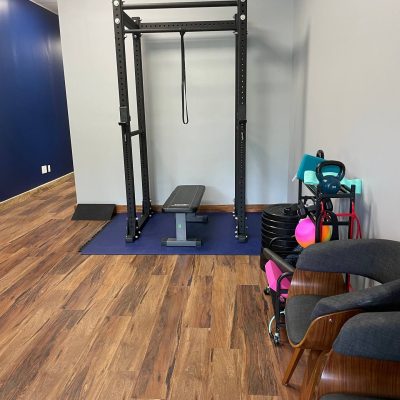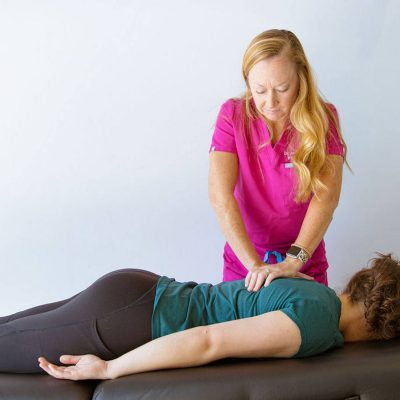If you have ever leaked urine when coughing, you know that respiratory conditions can be linked to pelvic floor dysfunction. Adolescents with cystic fibrosis (CF) are particularly susceptible to issues like urinary incontinence and pelvic floor dysfunction due to the unique demands that chronic coughing places on their bodies. Despite the challenges, targeted physical therapy can be highly effective in addressing these issues and improving quality of life.
The Link Between Cystic Fibrosis and Pelvic Floor Dysfunction
Cystic fibrosis is a genetic condition that primarily affects the lungs and digestive system. One of its hallmark symptoms is chronic coughing, which leads to excessive pressure on the abdominal and pelvic regions. Over time, this repeated stress weakens the pelvic floor muscles, contributing to dysfunction.
Urinary incontinence, one of the most common pelvic floor issues in CF patients, is often overlooked in younger populations. However, studies suggest that up to 68% of females with CF experience some form of urinary incontinence, with stress incontinence being the most common. This occurs when weakened pelvic floor muscles and increased intra-abdominal pressure from coughing make it difficult to maintain bladder control. Adolescents with CF may also experience pelvic organ prolapse, bowel dysfunction, and chronic pelvic pain due to these mechanical stresses.
Symptoms of Pelvic Floor Dysfunction in Adolescents with CF
While urinary incontinence is the most frequently reported issue, pelvic floor dysfunction in CF can present with a range of symptoms, including:
- Frequent urinary urgency
- Difficulty fully emptying the bladder
- Fecal incontinence or constipation
- Pelvic pain or pressure
- Pain with activities such as sitting, exercise, or even sexual activity in older adolescents and adults
- A sensation of heaviness or bulging in the pelvic area
For many young patients, these symptoms can lead to embarrassment and avoidance of physical activity or social situations, negatively impacting their emotional well-being.
The Role of Pelvic Floor Therapy
Physical or occupational therapy plays a critical role in managing and improving pelvic floor dysfunction in adolescents with CF. As a pelvic floor PT, my goal is to educate, strengthen, and retrain the muscles involved in continence and support while also addressing respiratory function to prevent further strain on the pelvic floor.
Assessment
Each treatment plan begins with a thorough assessment, including:
- A review of the patient’s medical history, including their CF-related respiratory function and any previous surgeries or interventions
- A discussion about bladder and bowel habits
- A postural and movement analysis to identify muscular imbalances or compensatory patterns
- External and, if appropriate, internal examination of the pelvic floor muscles
Treatment Approaches
- Pelvic Floor Muscle Training
- Strengthening exercises for the pelvic floor, tailored to counteract the excessive strain from coughing
- Coordination training to ensure the pelvic floor muscles activate appropriately during activities like coughing and laughing
- Breathing and Coughing Strategies
- Diaphragmatic breathing to reduce intra-abdominal pressure
- Techniques like “the knack,” which involves engaging the pelvic floor before coughing to prevent leakage
- Pursed-lip breathing to regulate pressure and reduce strain on the pelvic floor
- Postural Training and Core Stability
- Addressing imbalances in the core muscles, including the diaphragm, abdominals, and pelvic floor
- Teaching proper posture to reduce excessive downward pressure on the pelvic floor
- Bladder and Bowel Retraining
- Establishing healthy voiding habits and addressing any constipation that may exacerbate symptoms
- Dietary and hydration recommendations to support bladder and bowel health
- Biofeedback and Neuromuscular Re-education
- Biofeedback techniques to help patients learn to properly contract and relax their pelvic floor muscles
- Electrical stimulation in cases of severe muscle weakness or dysfunction
Encouraging a Holistic Approach
Beyond pelvic floor therapy, managing pelvic floor dysfunction in adolescents with CF requires a collaborative effort. Working closely with pulmonologists, gastroenterologists, and dietitians ensures a comprehensive treatment plan. Addressing nutritional factors that contribute to constipation and ensuring proper hydration are just as crucial as the physical therapy component.
Additionally, fostering open conversations about these issues can empower young patients to seek help without embarrassment. Many adolescents struggle in silence due to the stigma surrounding pelvic health, but normalizing these discussions can significantly improve their willingness to engage in therapy.
Final Thoughts
While pelvic floor dysfunction in adolescents with cystic fibrosis presents unique challenges, pelvic floor therapy offers effective, evidence-based solutions. By strengthening the pelvic floor, improving breathing mechanics, and addressing overall postural and core function, we can help these young individuals regain control and confidence in their bodies.
If you or someone you know is dealing with incontinence or pelvic pain related to CF, seeking care from a pelvic floor physical or occupational therapist can be life-changing. Early intervention is key in managing symptoms and improving overall quality of life, so don’t hesitate to reach out for support.
